Melocanna baccifera
Written By Stéphane Schröder
Melocanna baccifera or "Muli Bamboo" is a tropical bamboo native to Bangladesh, Bhutan, India, Myanmar and Nepal. Melocanna baccifera is an invasive species that can occupy large areas due to its long and vigorous rhizomes and, in flowering, for its fruits that are easy to germinate. Fruits have the size and shape of a pear and are edible. Melocanna baccifera is one of the most useful bamboos within its native range, especially in Bangladesh, where stems have a wide range of uses.

Melocanna baccifera - Muli Bamboo
| Plant Info | |
|---|---|
| Scientific Name | Melocanna baccifera |
| Synonyms | Melocanna bambusoides, Bambusa baccifera |
| Common Names | Muli Bamboo, Berry Bamboo |
| Family | Poaceae |
| Tribe | Bambuseae |
| Genus | Melocanna |
| Height | 10-20 m |
| Diameter | 3-7 cm |
| Growth Habit | Open Clumper (Invasive) |
| Color | Green when young, straw colored when mature. |
| Internodes | 30-60 cm |
| Wall thickness | Thin |
| Branches | Many clustered branches at the nodes. |
| Leaves | 18-42 cm long, 20-90 mm wide. |
| Climate | Tropical - Subtropical |
| Exposure | Full Sun - Partial Sun |
| Hardiness | 0°C |
| Soil | Loam to Sandy Loam - Well drained |
| Water Needs | Average |
| Planting Distance | • 2 x 2 m for erosion control. • 4 x 4 m for culm production. |
| Edibility | (1 of 5) |
| Flowering Cycle | 7-50 years |
| Origin | Bangladesh, Bhutan, India, Myanmar, Nepal. |
| Uses | Light construction,woven mats, baskets, handicrafts, household utensils, superior paper pulp, tabashir, erosion control. |
Support our Bamboo Reforestation Project in Colombia!
Growth Updates
More Bamboo Species
Guadua Bamboo SAS




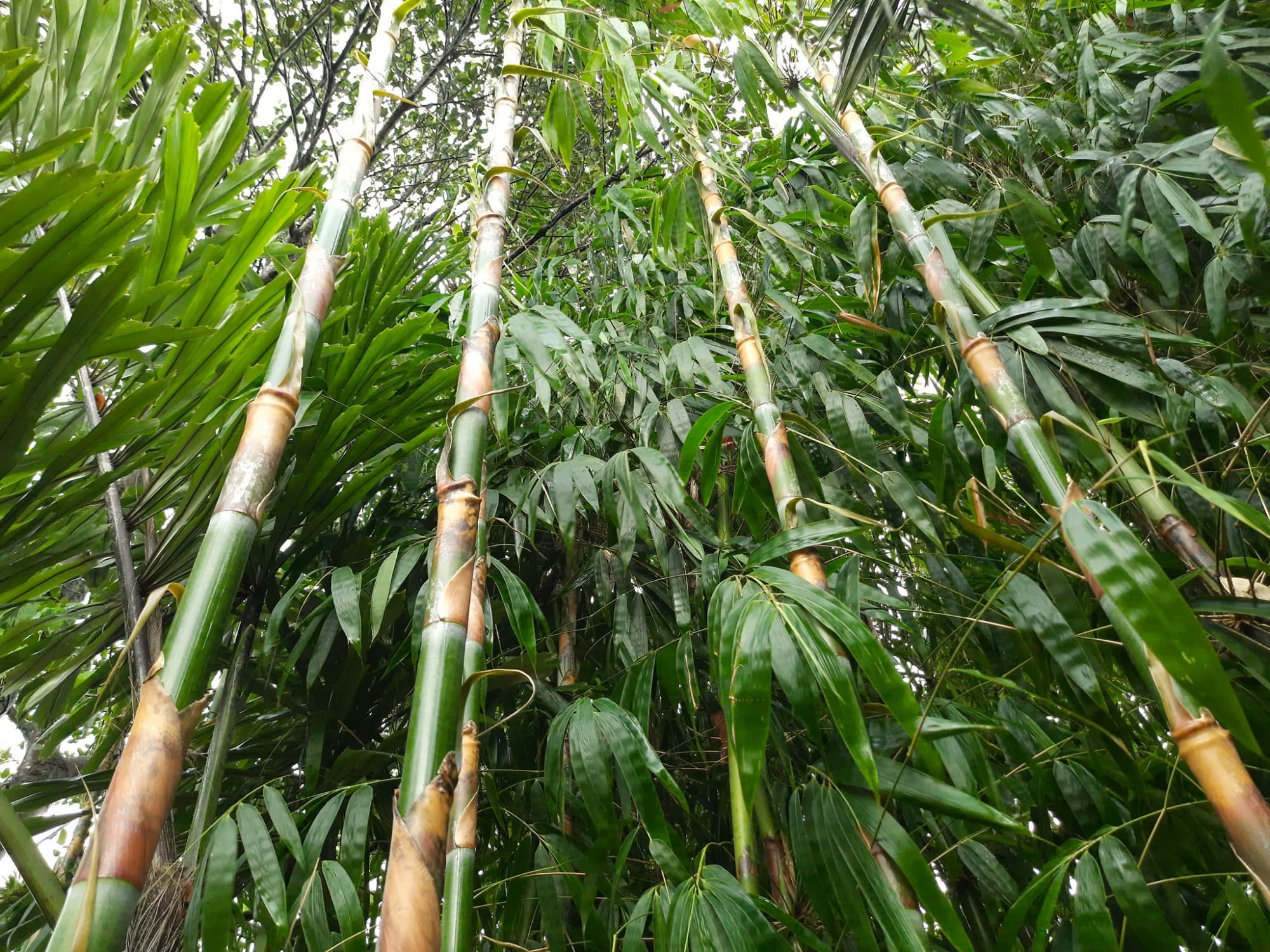

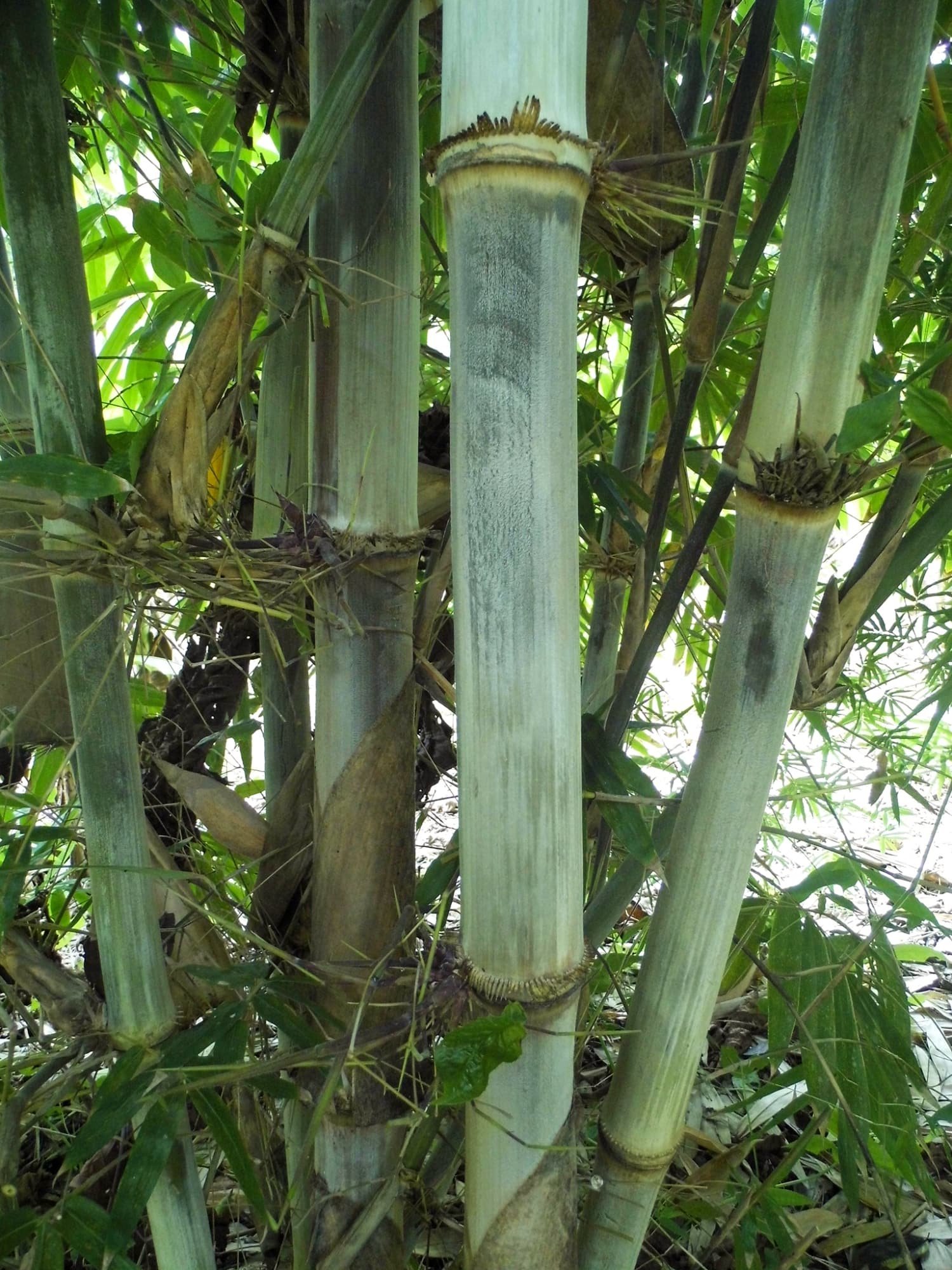


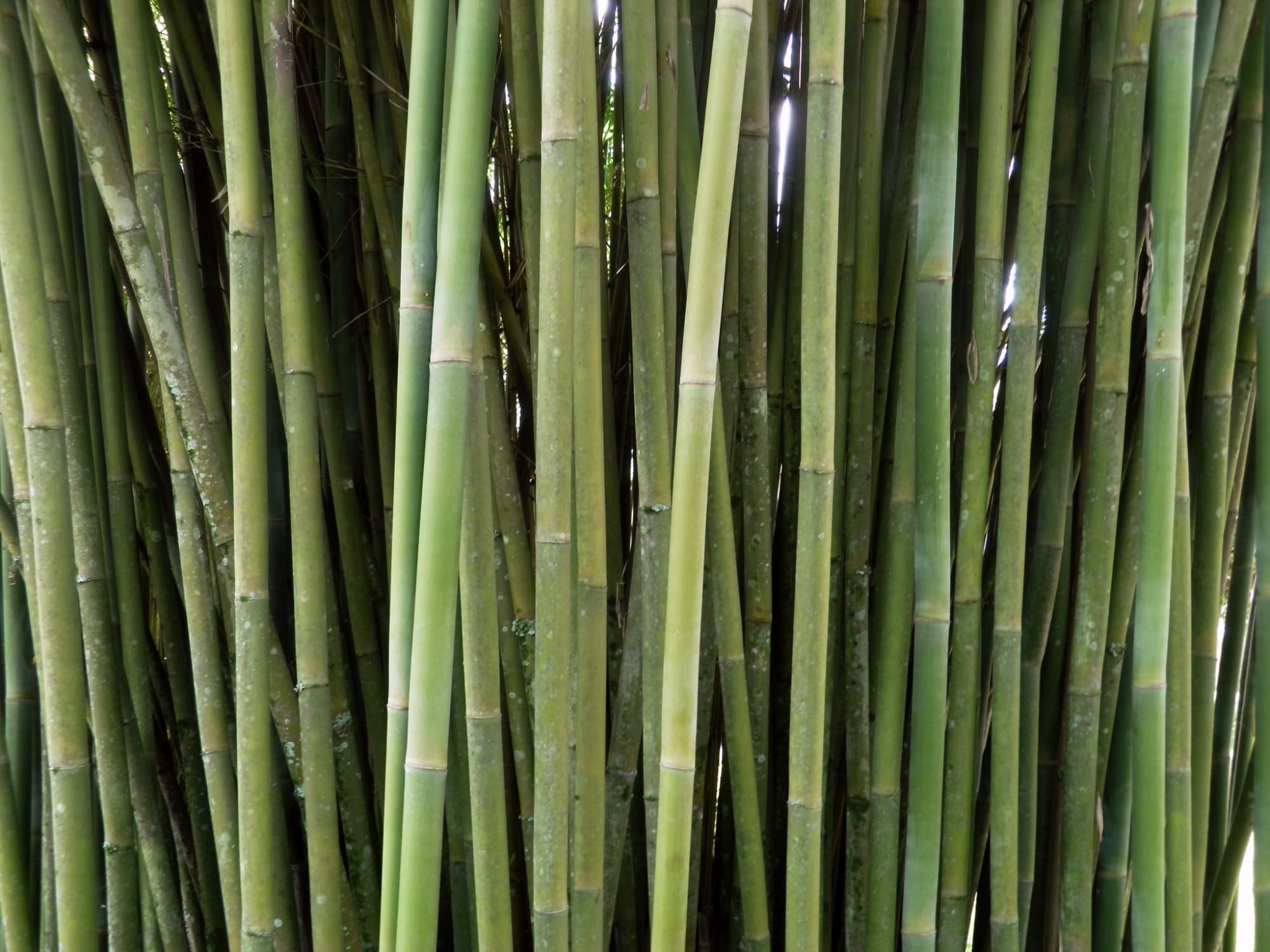
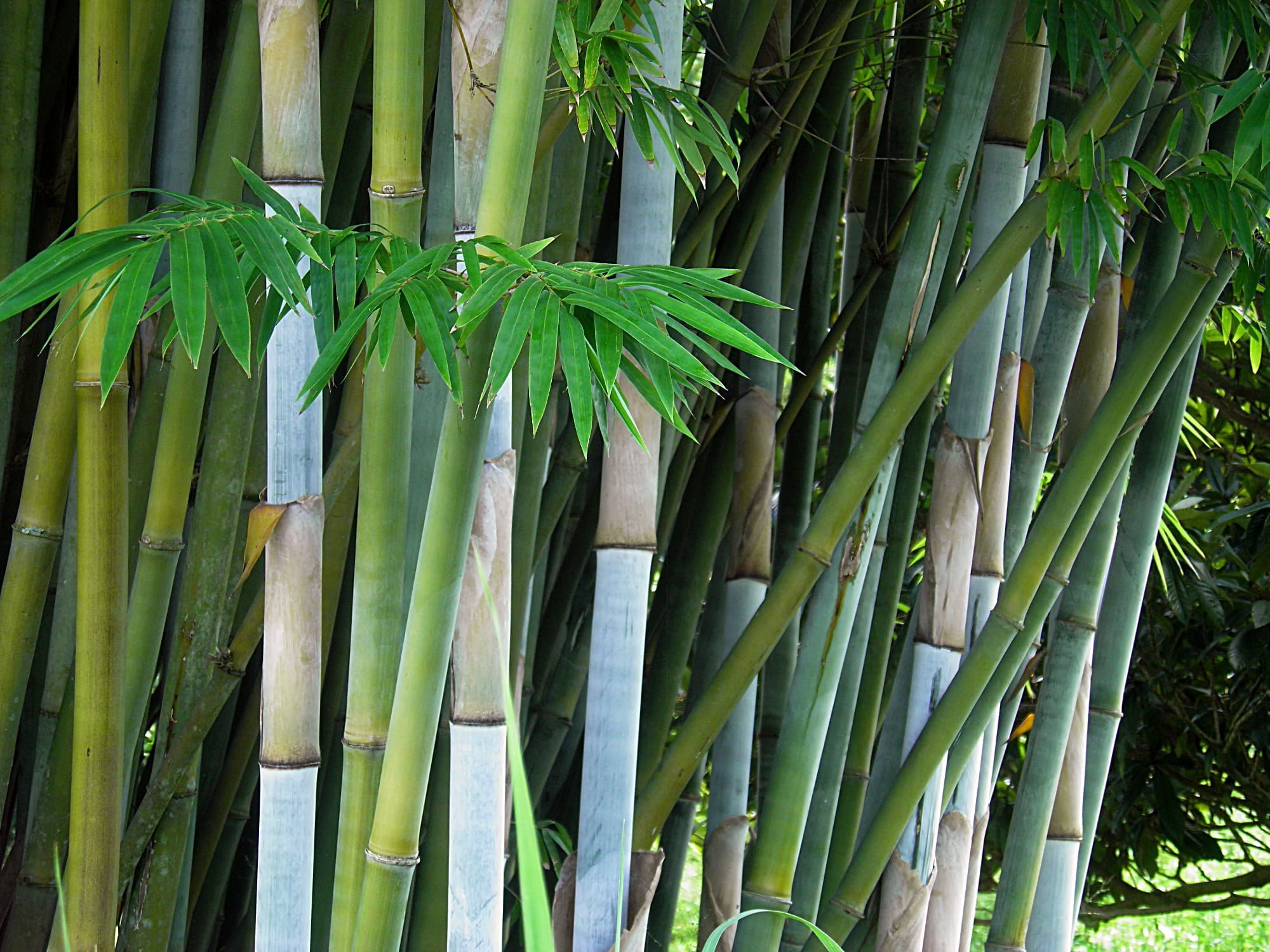
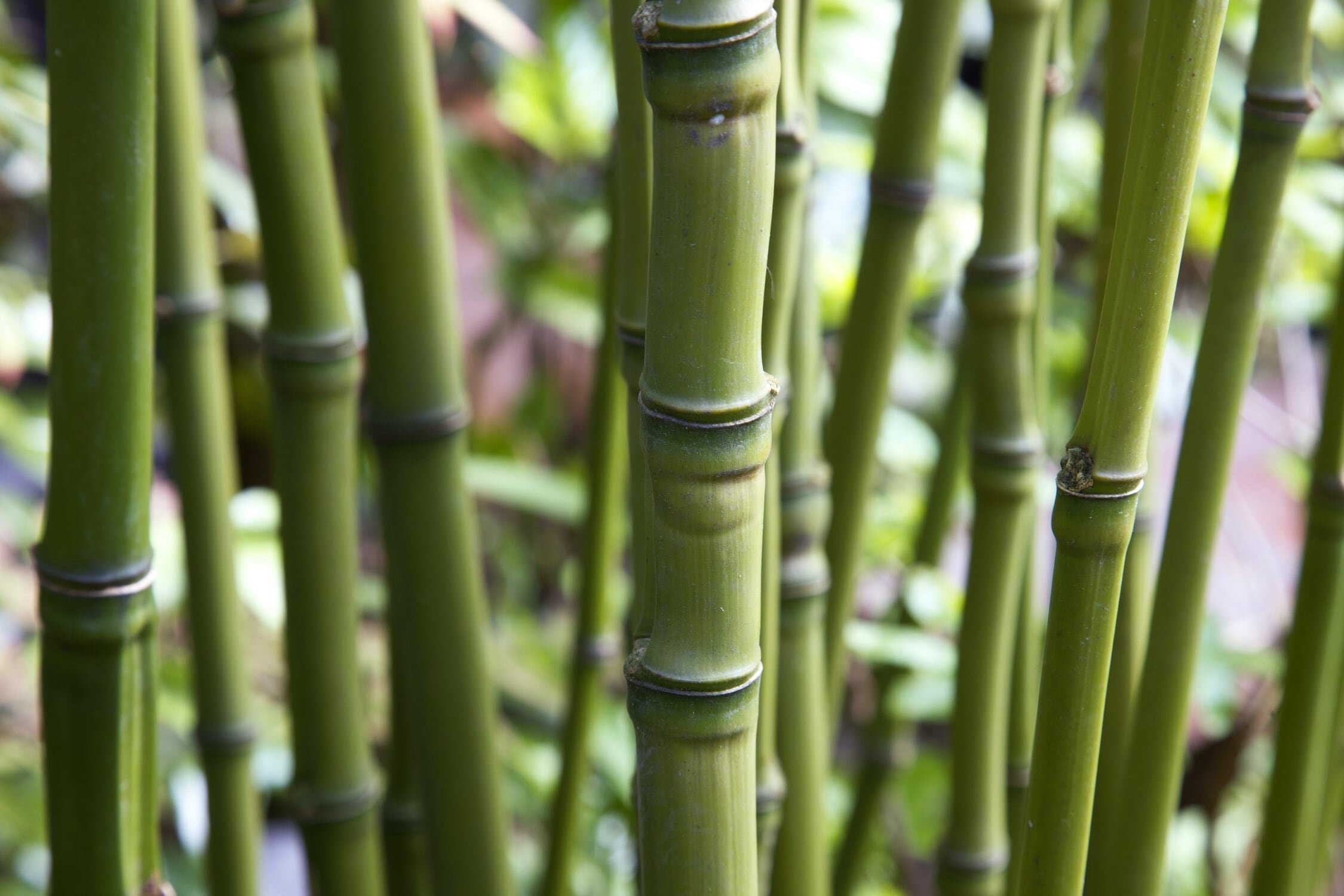
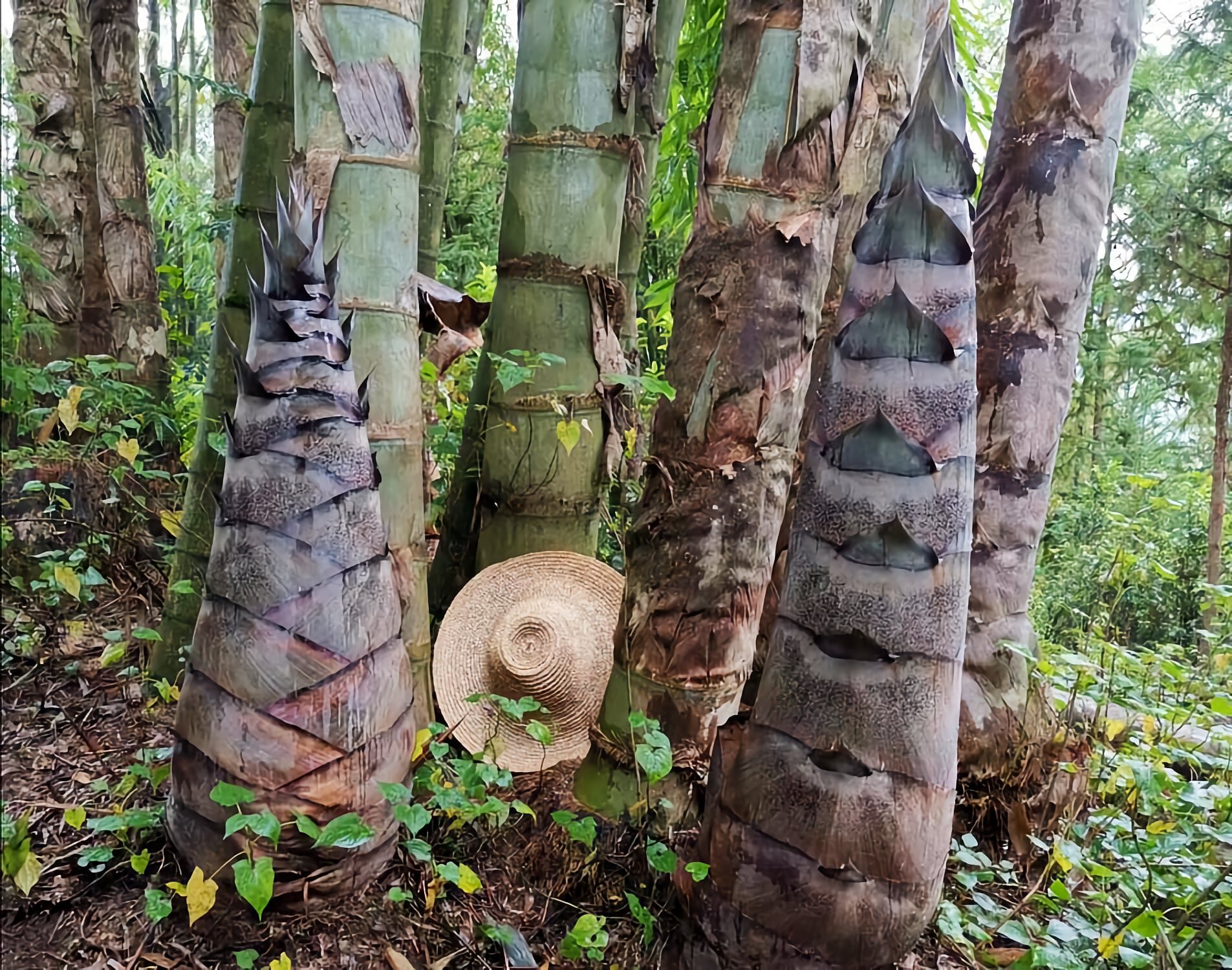


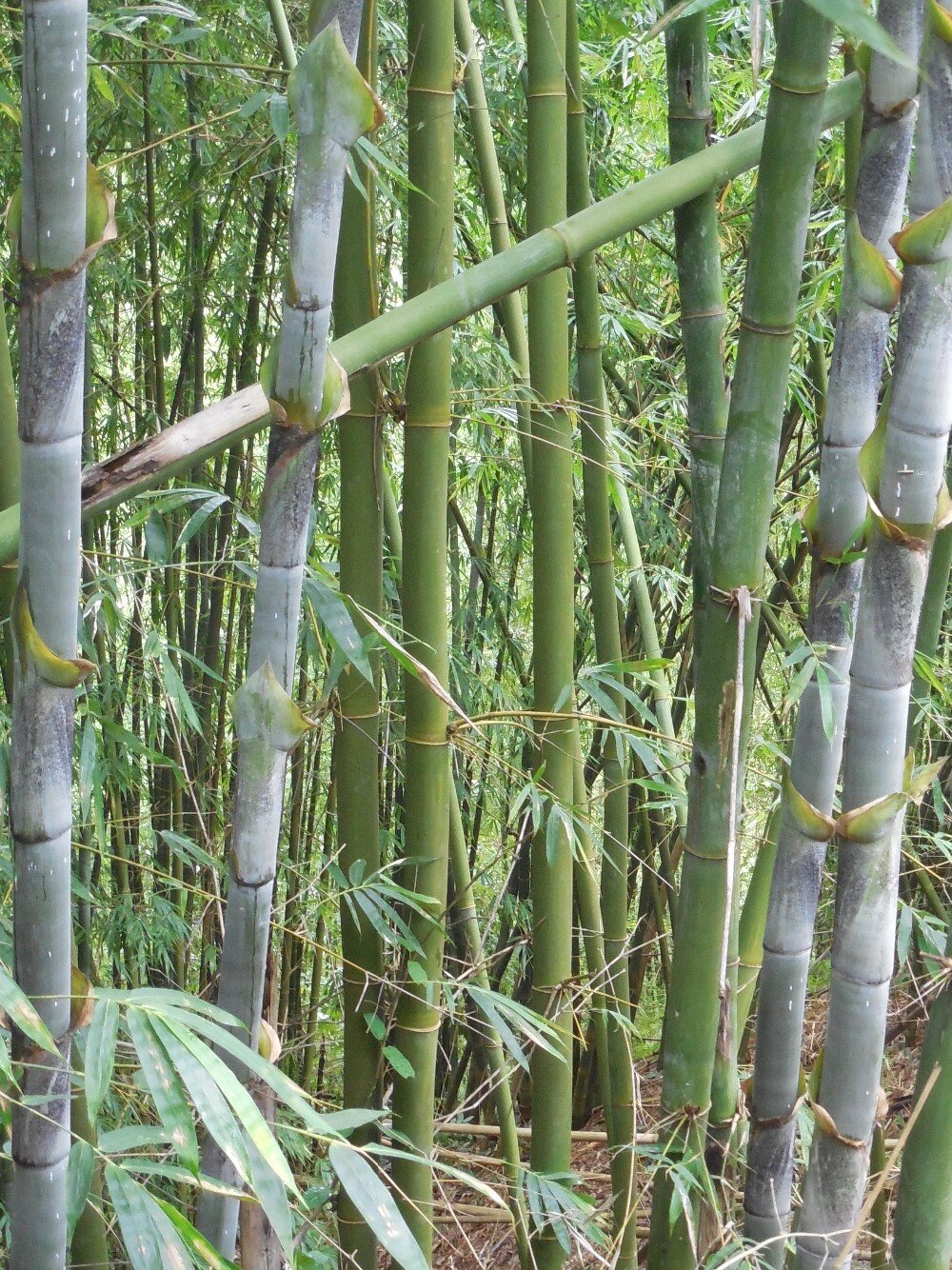
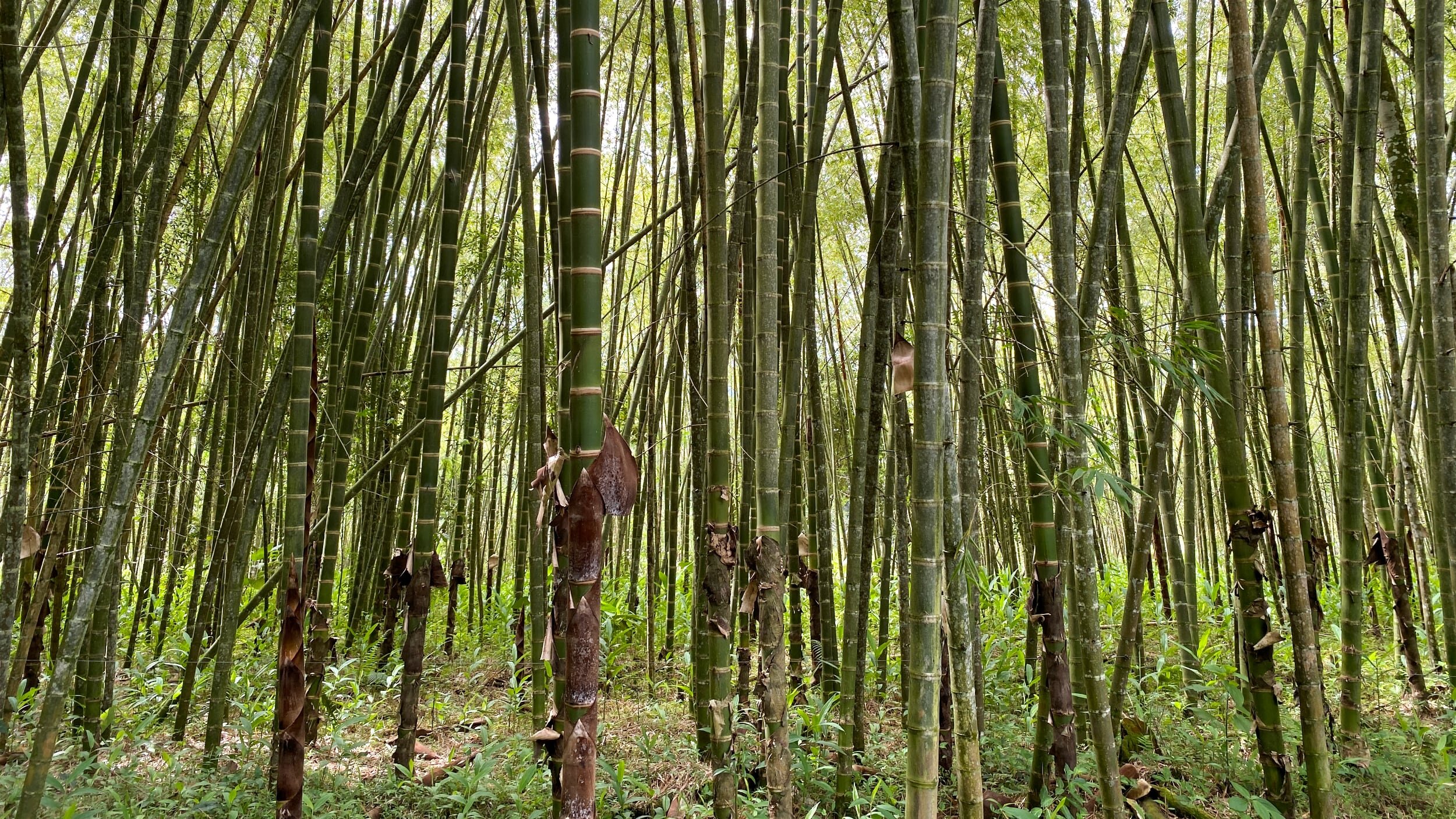
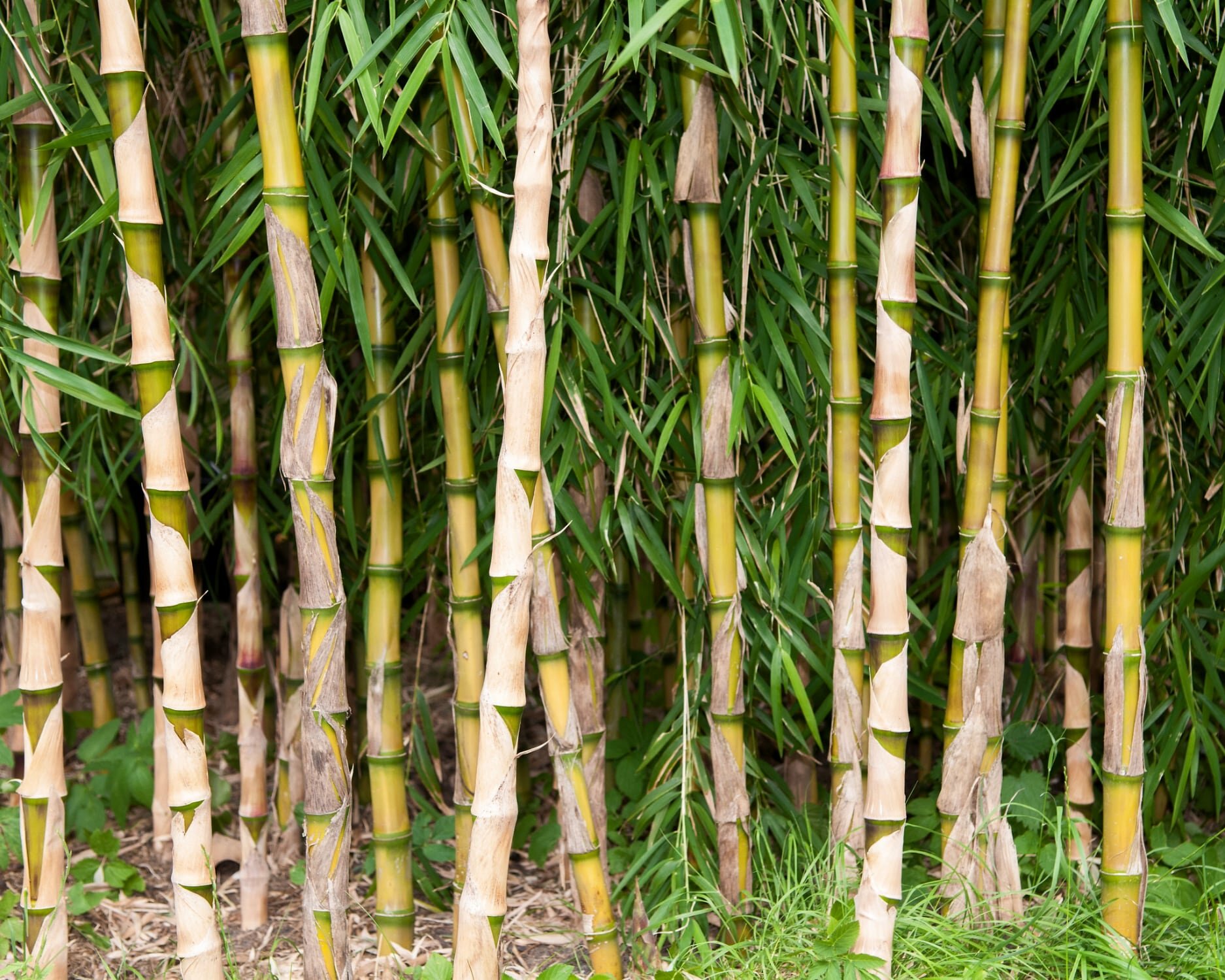
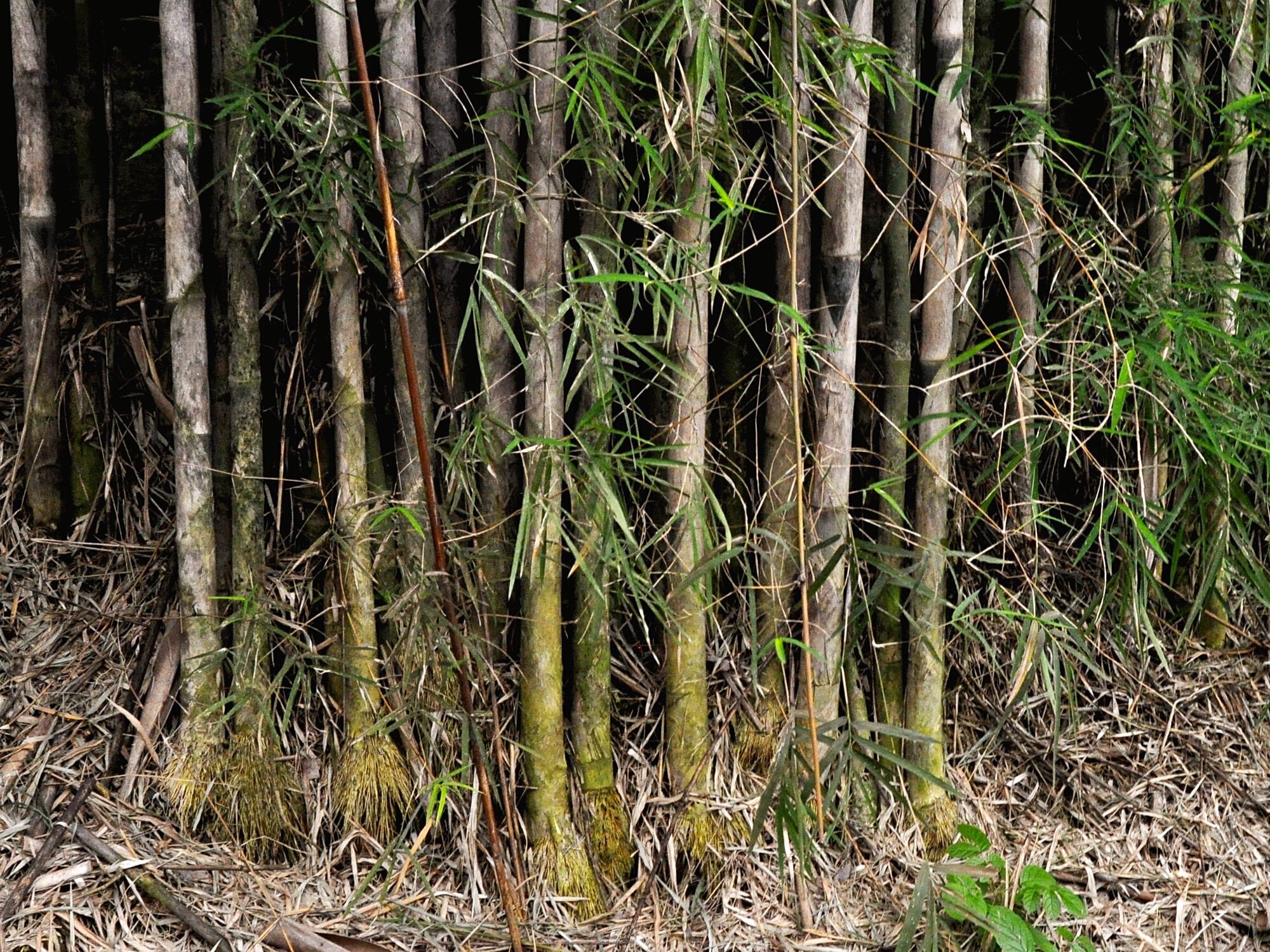

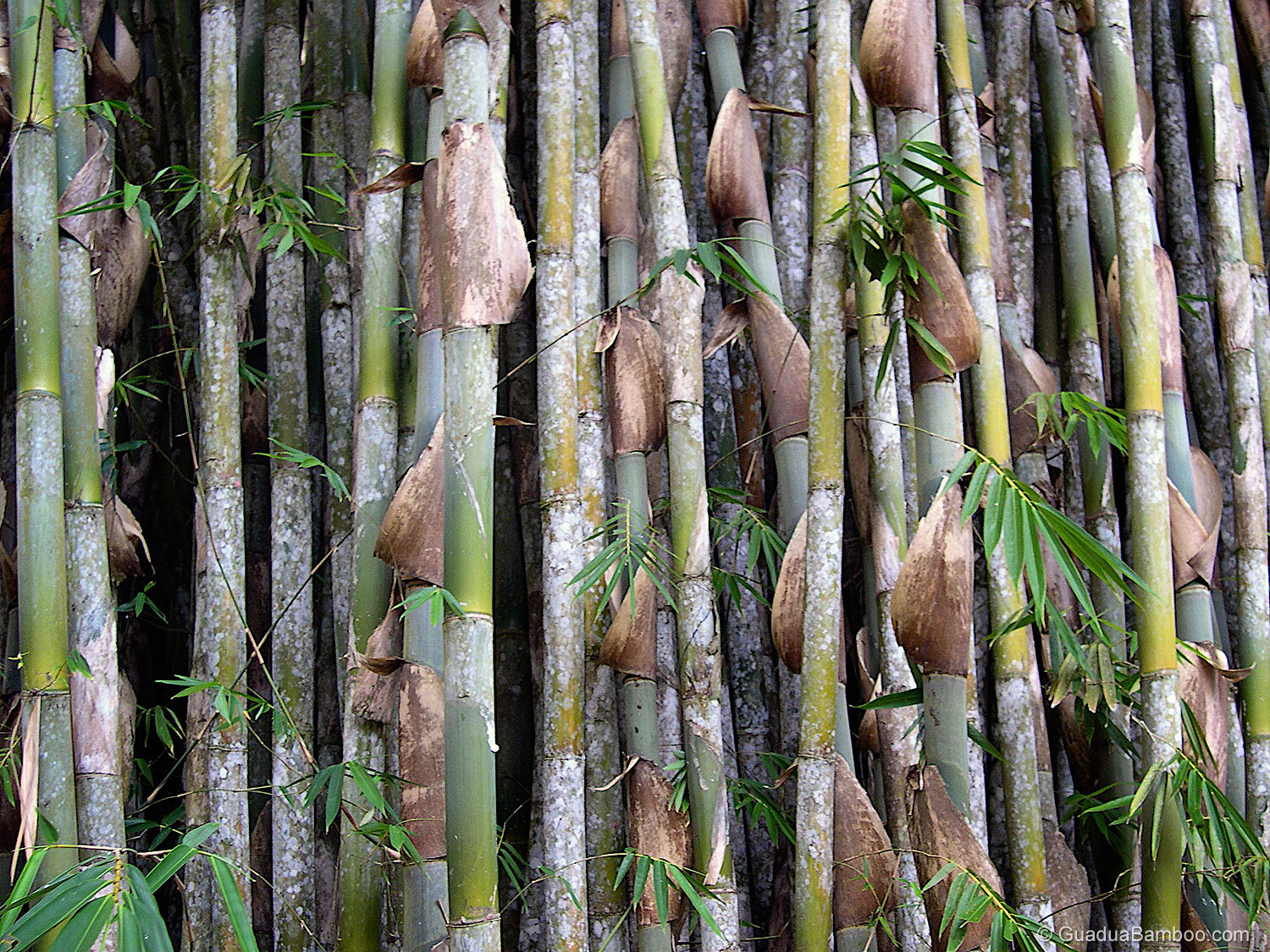









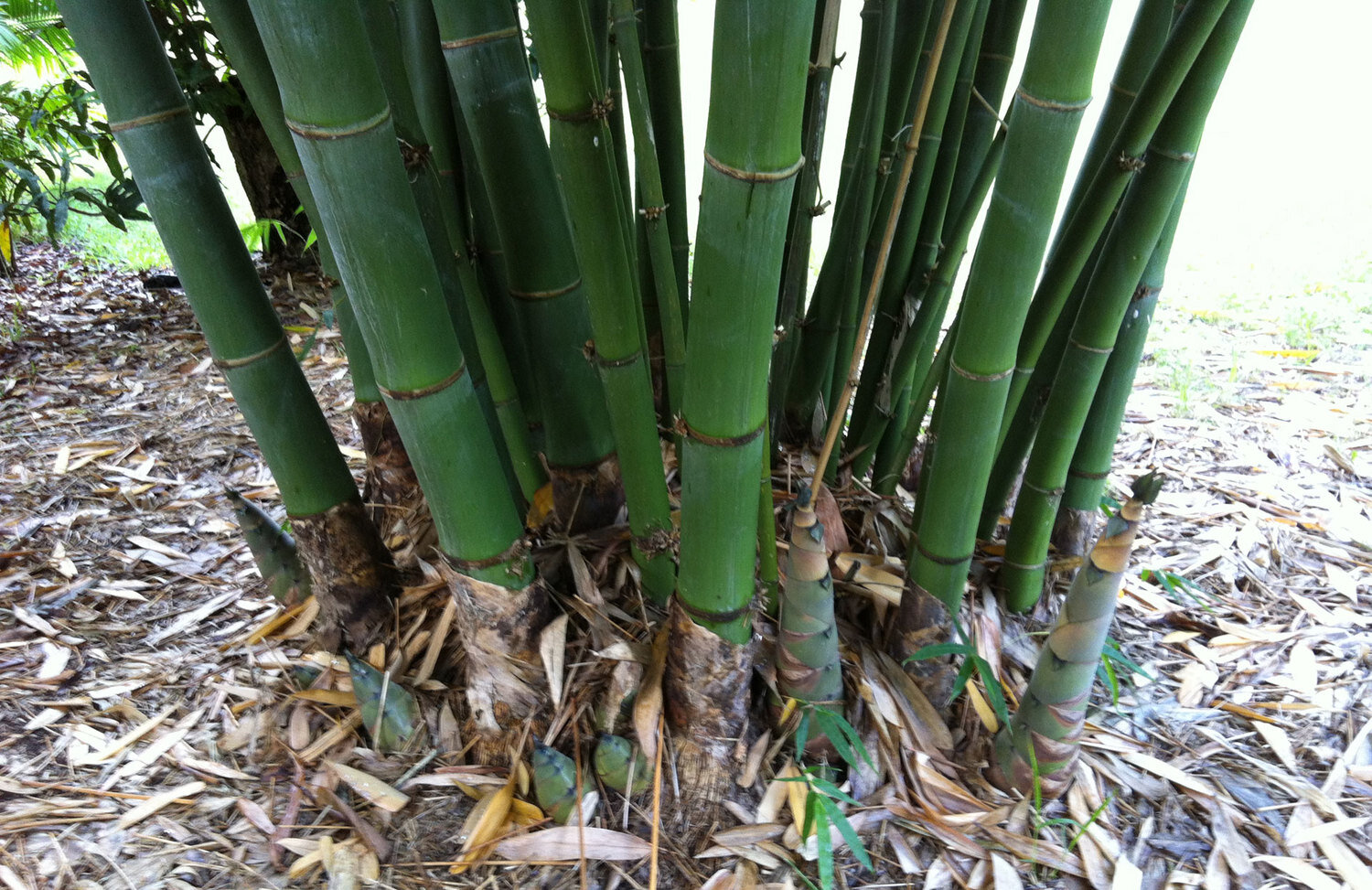




Date planted: 7 December 2021
Growth update:
Adopted by: